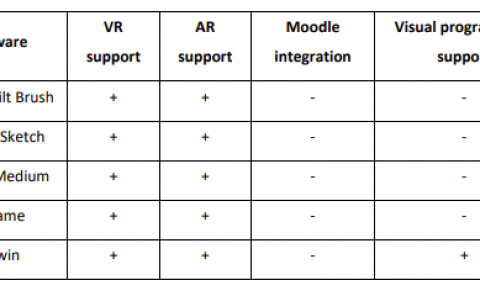Directing versus Attracting Attention: Exploring the Effectiveness of Central and Peripheral Cues in Panoramic Videos
PubDate: March 2020
Teams: University College London
Writers: Anastasia Schmitz; Andrew MacQuarrie; Simon Julier; Nicola Binetti; Anthony Steed

Abstract
Filmmakers of panoramic videos frequently struggle to guide attention to Regions of Interest (ROIs) due to consumers’ freedom to explore. Some researchers hypothesize that peripheral cues attract reflexive/involuntary attention whereas cues within central vision engage and direct voluntary attention. This mixed-methods study evaluated the effectiveness of using central arrows and peripheral flickers to guide and focus attention in panoramic videos. Twenty-five adults wore a head-mounted display with an eye tracker and were guided to 14 ROIs in two panoramic videos. No significant differences emerged in regard to the number of followed cues, the time taken to reach and observe ROIs, ROI-related memory and user engagement. However, participants’ gaze travelled a significantly greater distance toward ROIs within the first 500 ms after flicker-onsets compared to arrow-onsets. Nevertheless, most users preferred the arrow and perceived it as significantly more rewarding than the flicker. The findings imply that traditional attention paradigms are not entirely applicable to panoramic videos, as peripheral cues appear to engage both involuntary and voluntary attention. Theoretical and practical implications as well as limitations are discussed.

